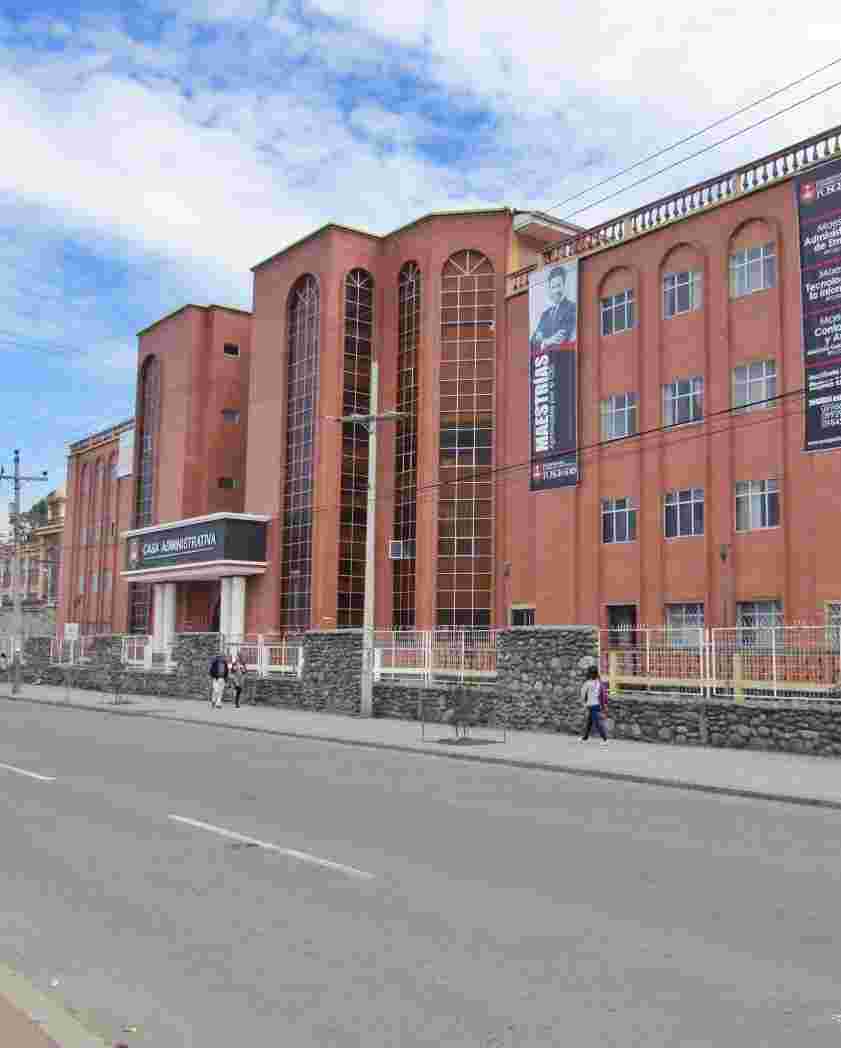Trabajos de Titulación - Medicina
URI permanente para esta colecciónhttps://dspace.ucacue.edu.ec/handle/ucacue/23
Examinar
Examinando Trabajos de Titulación - Medicina por Asesores "Puente Mosquera, Karola Adriana"
Mostrando 1 - 2 de 2
- Resultados por página
- Opciones de ordenación
Ítem Acceso Abierto Nuevo abordaje terapéutico en el síndrome mielodisplasico de alto riesgo(Universidad Católica de Cuenca., 2024) Albán Zamora, Maria Daniela; Puente Mosquera, Karola Adriana; 0106071665Myelodysplastic syndrome (MDS) is an acquired clonal disease of the hematopoietic progenitor cells of the bone marrow that affects a small part of the population worldwide. Its treatment is based on the patient's risk. The only therapeutic approach is allogeneic stem cell transplantation. The use of hypomethylating drugs is considered a bridge therapy to achieve complete remission of the patient. Considering that the number of patientsrefractory to hypomethylating agents is very high, it is necessary to look for different strategies. This literature review aims to study the new therapeutic approach in high-risk MDS. The new therapies available for high-risk myelodysplastic syndrome are described. Target therapies, such as immune checkpoint inhibitors, have shown promising results. Magrolimab and azacitidine have positive results, with overall response rates of 91% and a complete remission higher than 50% in six months. New approaches that look for action mechanisms focused on the patient's cytogenetics, as in the case of the TP53 gene, in which there is a poor prognosis for patients. Venetoclaxhas an overall survival of 75% for patients with this mutation. Results showed that the different molecular targets have a promising future; unfortunately, more clinical studies are necessary due to the failure of Hypomethylation agents or their use in combination with other drugs to improve the prognosis in high-risk patientsÍtem Acceso Abierto Procedimiento quirúrgico cardiovascular de alto riesgo en paciente que no permite transfusión sanguínea. Reporte de Caso(Universidad Católica de Cuenca., 2024) Quezada Pesantez, María Paula; Puente Mosquera, Karola Adriana; 0105560650-Background: Coarctation of the aorta is a narrowing of the area of the ligamentum arteriosum; thus, depending on the anatomy, it may include a long segment, the aortic arch, or the abdominal aorta. The prevalence of this pathology, reported by the Spanish Heart Foundation and the Argentine Society of Cardiology, is 3 to 4 patients per 10,000 live births, predominantly males, with a 2:1 ratio with females. It is important to emphasize that the pathology presents clinical manifestations, such as increased blood pressure, dyspnea, intermittent claudication, systolic murmur, absence, delay or decrease of femoral pulses, and left ventricular hypertrophy, among others. Case report: A clinical case of a 42-year-old Jehovah's Witness patient is presented, who developed aortic recoarctation and severe compromise of the lower limbs as intermittent claudication, which prevents her from performing her daily activities; the symptomatology reappears 15 years after a coarctation-correction-surgery was performed. The management performed on this patient consisted of performing a left axillary-femoral bypass without the need for complementary blood components during surgery to connect the aorta to the femoral artery subcutaneously and provide perfusion to the lower limbs —that were compromised and showed clear signs of claudication and cyanosis—. This case aims to explain the benefit of the surgical technique and its evolution after three years of surgery.




